
Trick or Treat
October 26, 2020 in Be Positive

Chances are, we’re well into your favorite time of year. Most people say that autumn is their favorite season (though other sources say people prefer spring, but both seasons are very popular), and included that, comes Halloween. There are tons of reasons to enjoy the holiday, no matter who you are. It could be all the candy, getting the chance to be creative and making costumes, or binging scary movies and finding out which ones genuinely frighten you. Even if you no longer trick-or-treat, you may also find joy in seeing kids dress up and helping give out candy.
And if we’re going to get really (candy) corn-y, your brain also does its own version of trick-or-treating. You may have heard that your mind can play “tricks” on you. This is usually done in the context of negative thinking: your brain focuses on just the bad, and makes you believe that that’s all there is. Those with symptoms of mental illnesses are likely to experience this a lot more often, and all of that negative feeling and thinking can lead to depressive episodes or anxiety attacks. It’s like your brain has created this filter that blocks out any good and only sees the bad, and usually blames you for it.
But it’s not like your brain can’t treat itself. Practicing small things like gratitude, being nostalgic, or coming up with things to look forward to can all be ways to add more positive thinking in your life. They’re reminders that good has happened before, or that you are in some control of good that can happen in the future.
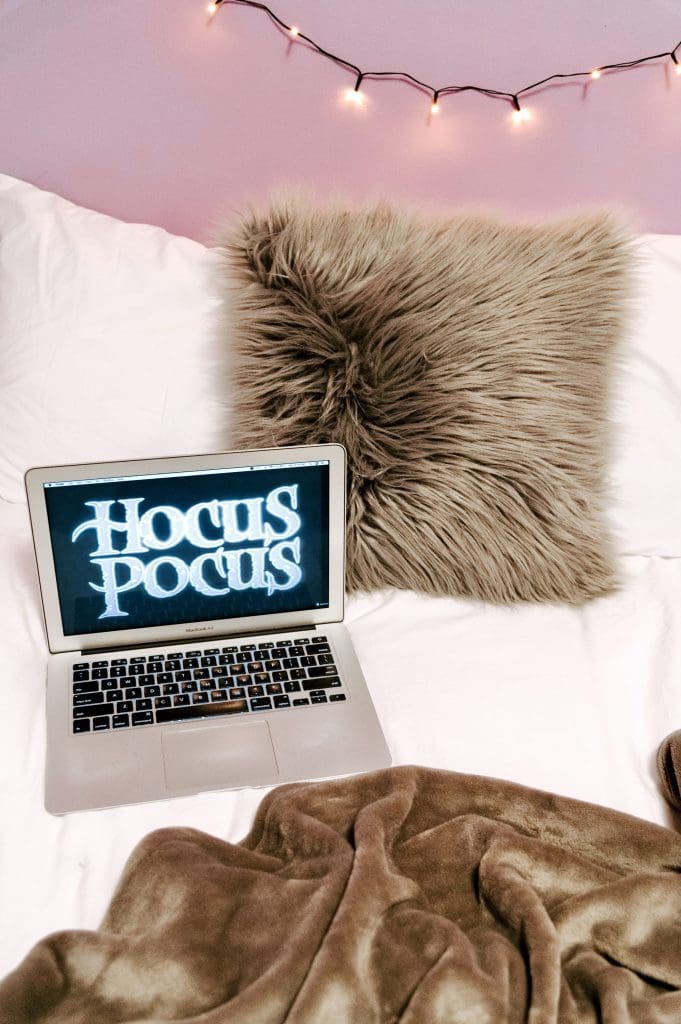
Now, you can’t knock on your brain’s door and have a choice between “trick” or “treat.” It’s even more difficult to get the “treat,” or positive thought, as a result, either, especially when your brain’s tricks can be more effective. There are still ways to get that treat though. Let’s use Halloween itself as an example:
Obviously, 2020 has ruined any chances of a typical Halloween this upcoming weekend. Your brain might be making you believe that there’s nothing you can do, and you’re doomed to just being alone in your room and wondering about what could have been. Your brain might also blame itself for being in this position, making you feel guilty for any time you’ve gone out or visited someone and thinking that’s the main reason that quarantine has continued. In an effort to avoid these tricks, you can treat yourself to coming up with a new tradition for Halloween, or come up with ways to recreate old traditions indoors. You can do a photoshoot where you recreate one of your favorite childhood costumes, or challenge yourself to find the scariest movies possible. You can try baking something using your favorite Halloween candy, or put on old Halloween episodes of your favorite shows.
We hope that your brain gives you more treats than tricks, especially this week!
Do you like Halloween? What ways are you “treating” yourself for the holiday this year?

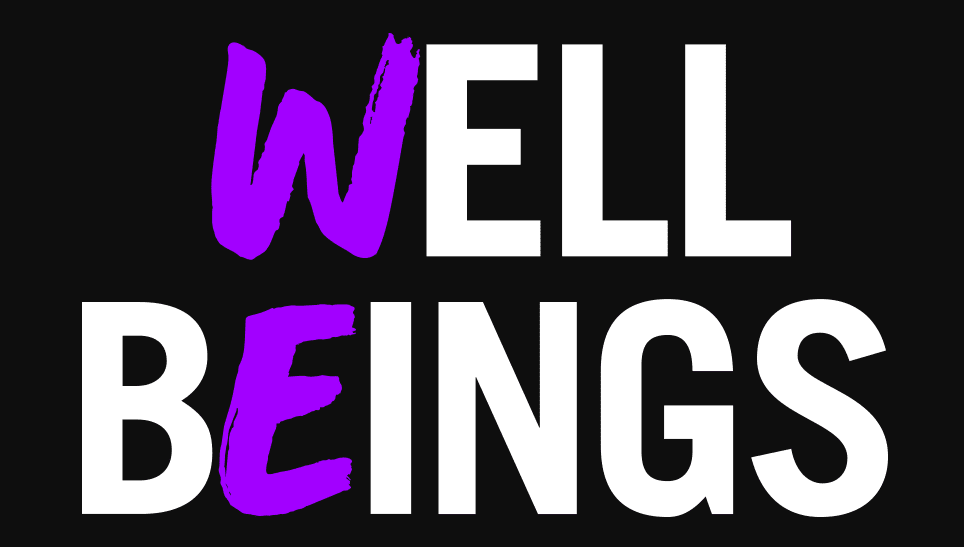
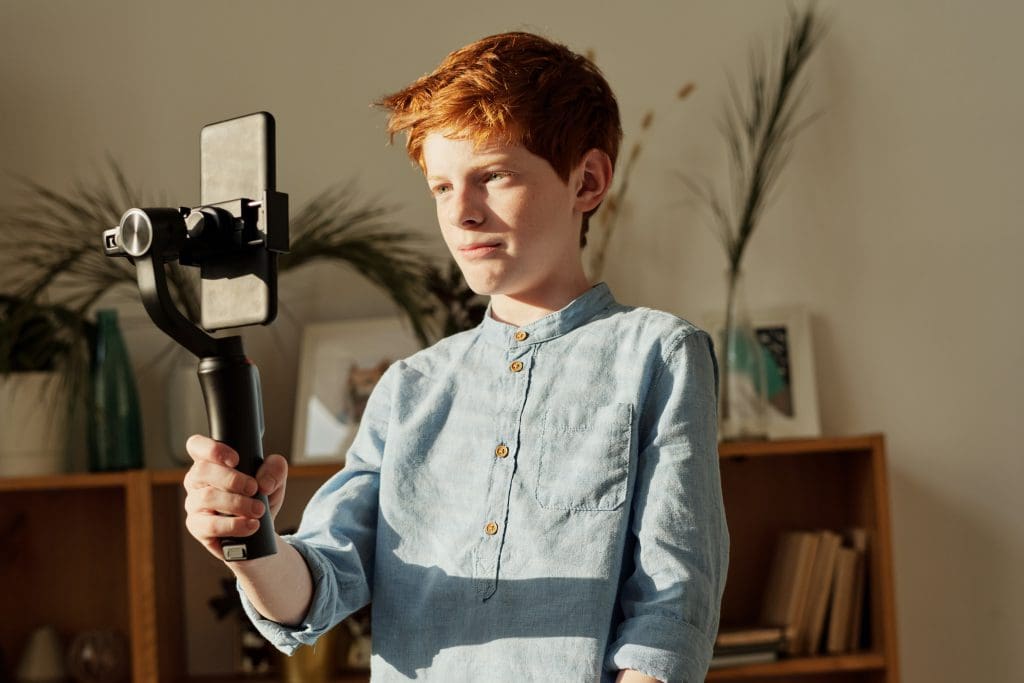
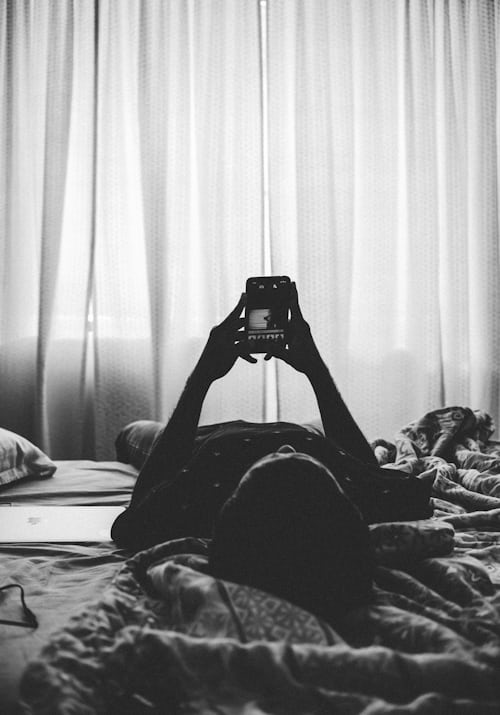


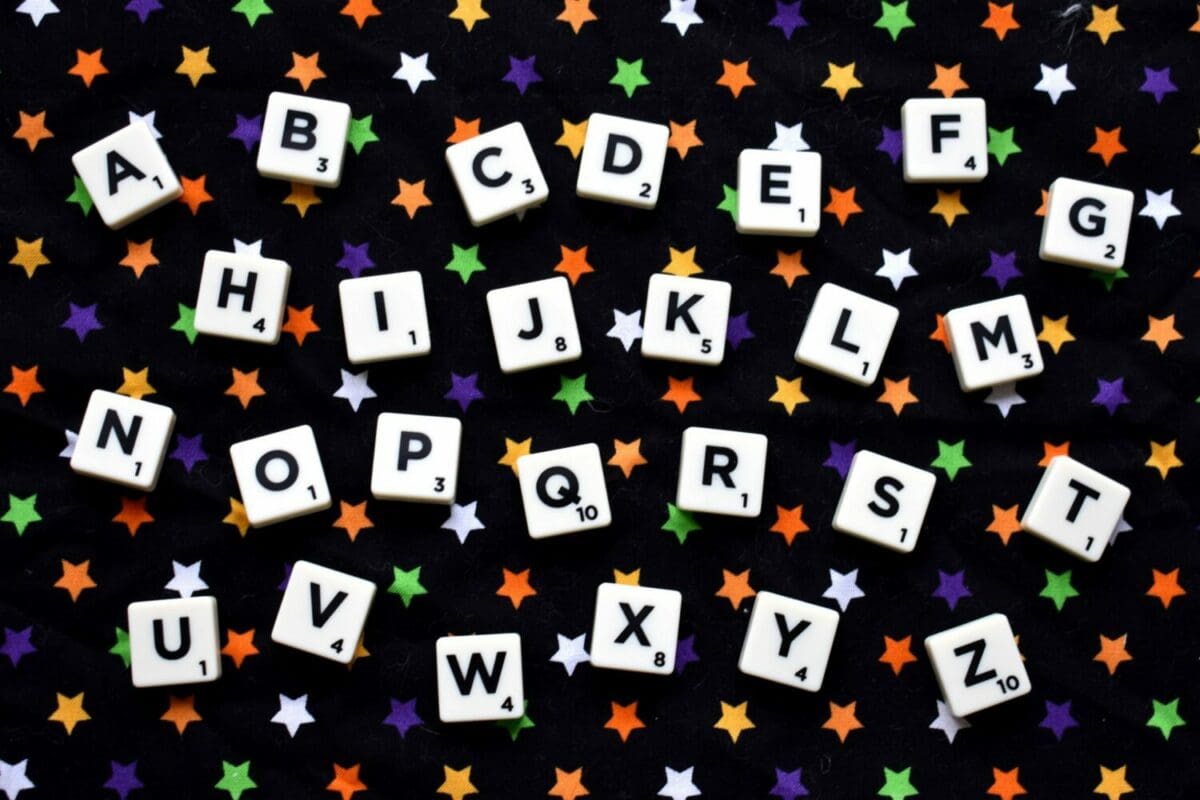

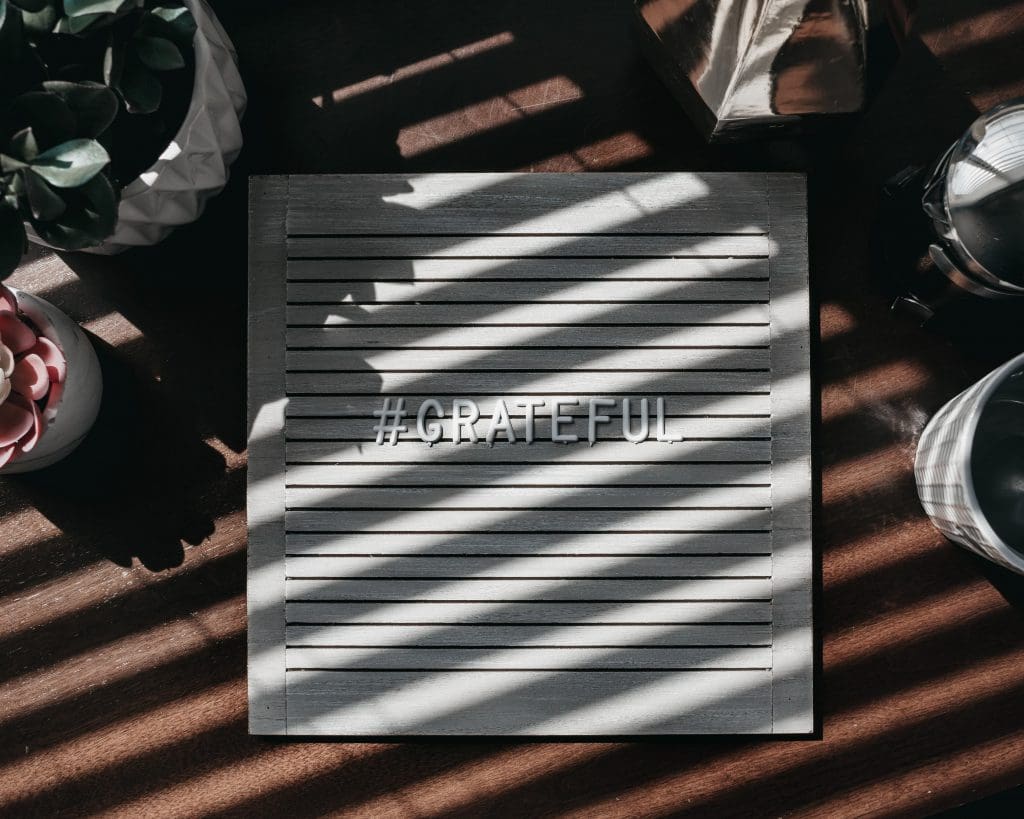


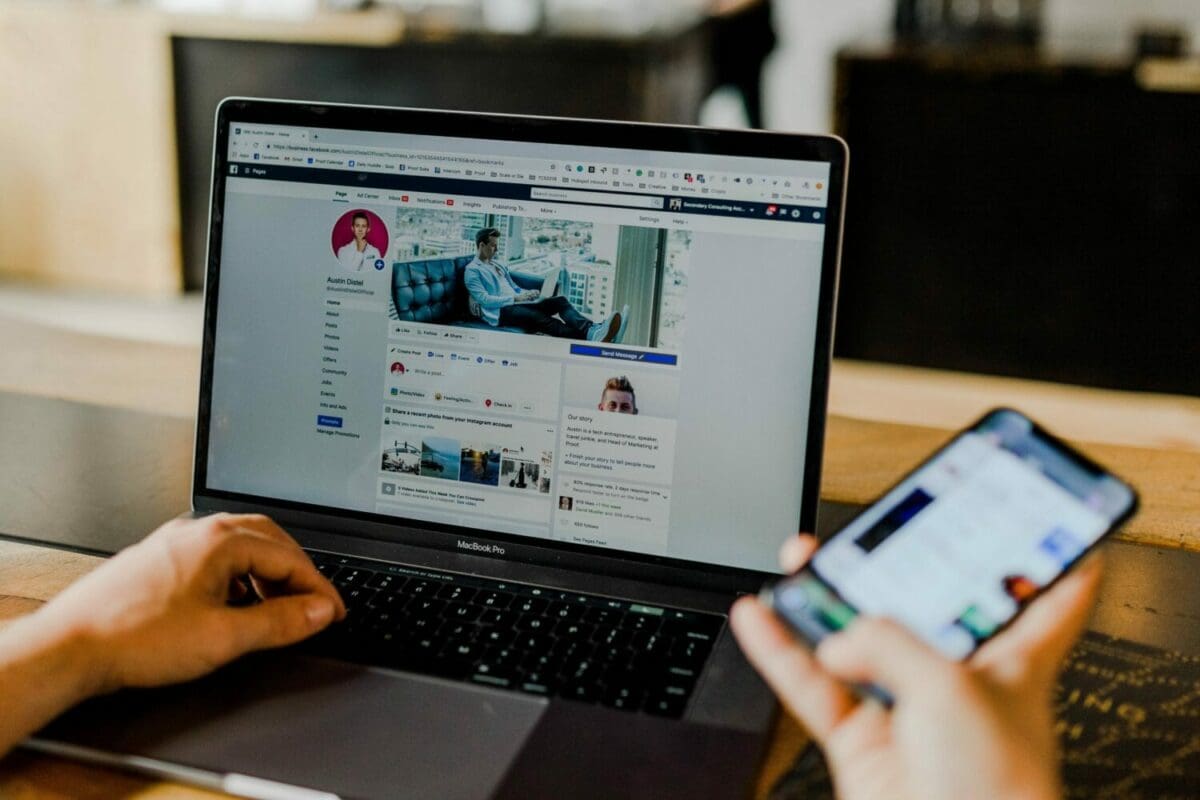
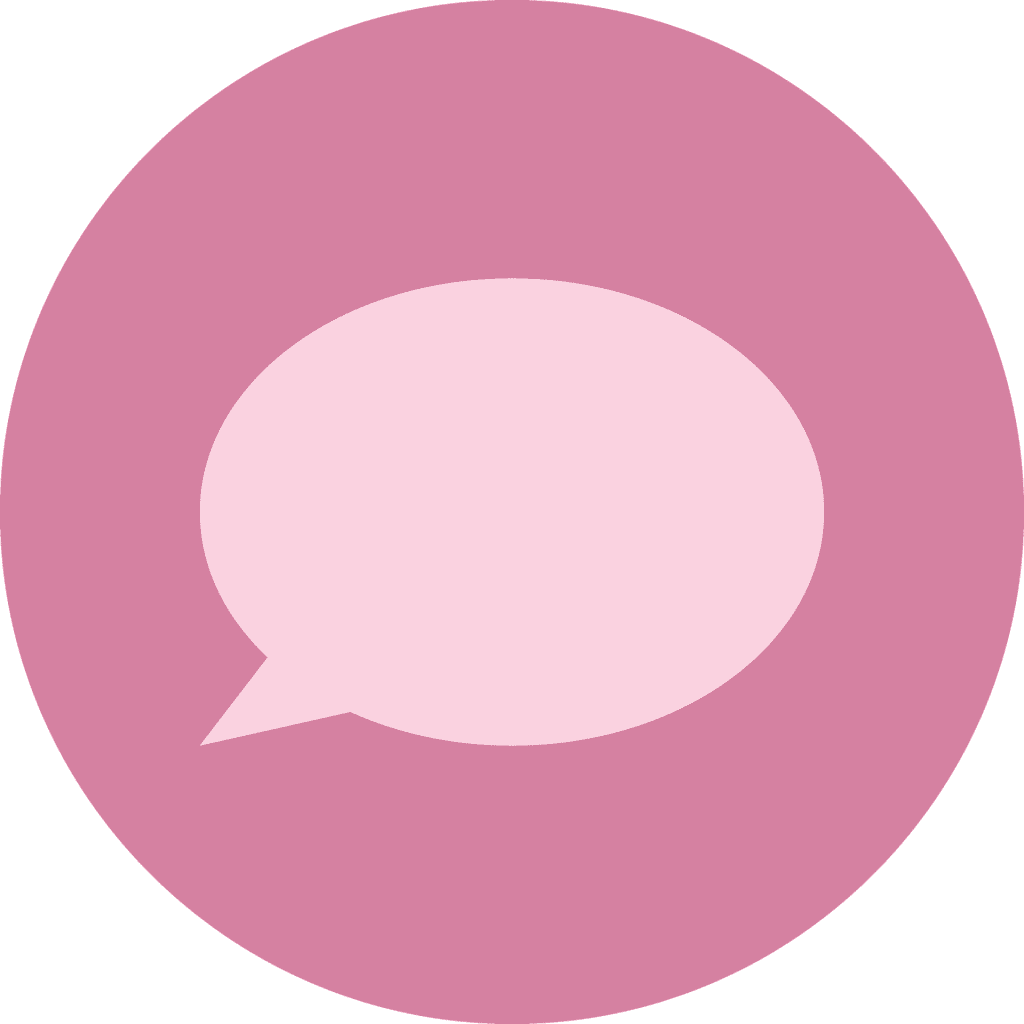
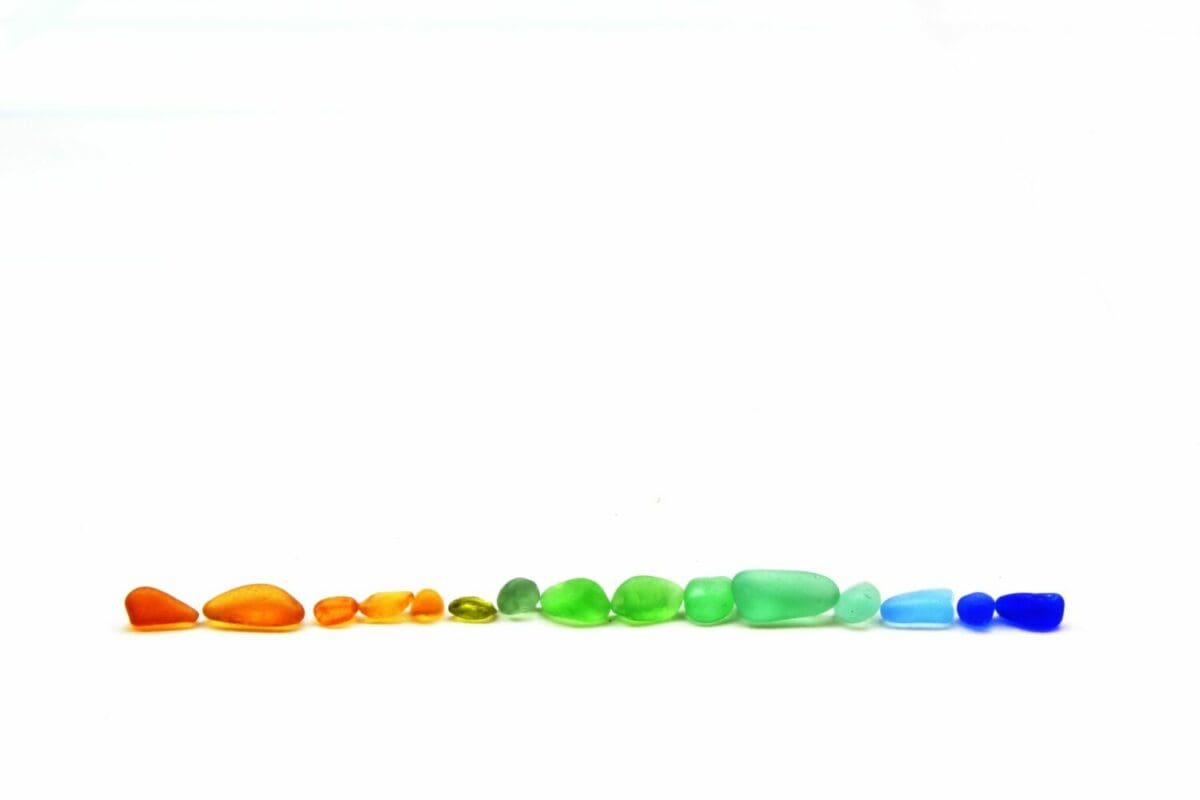

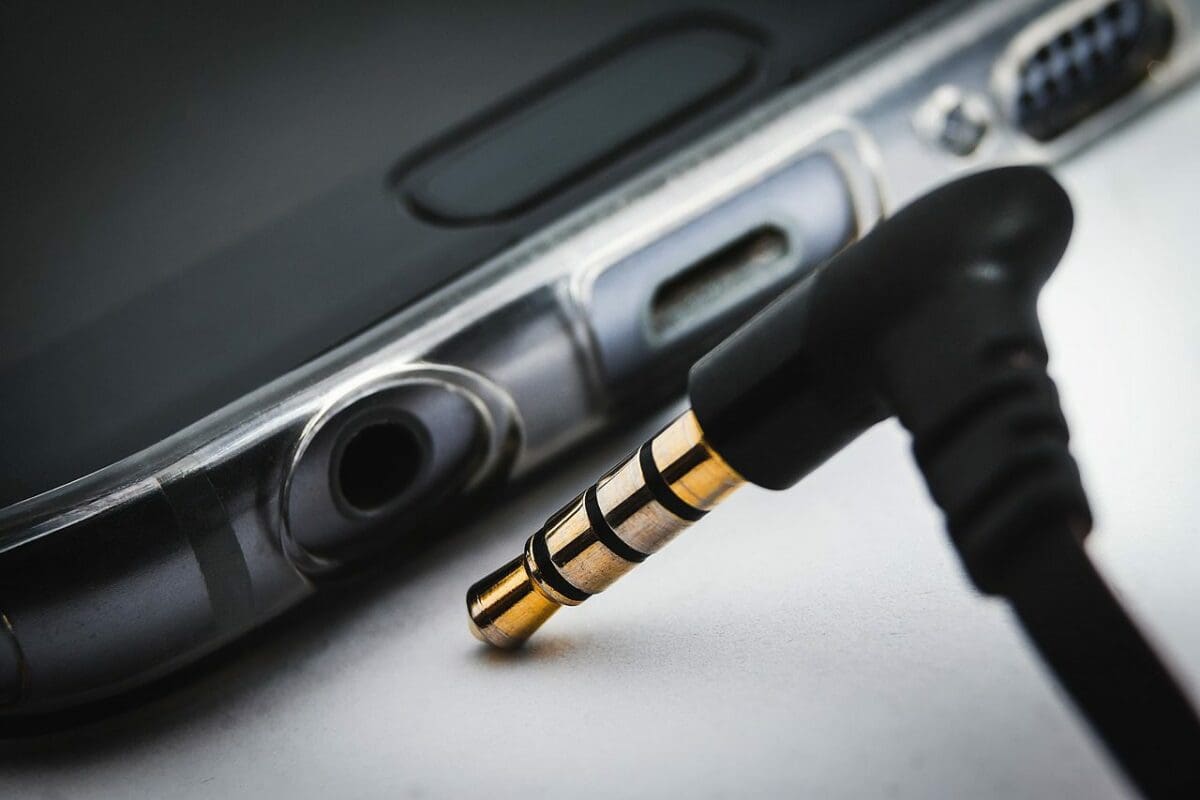
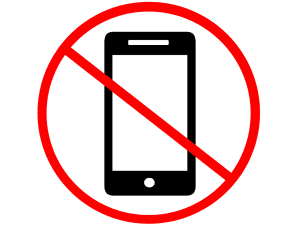

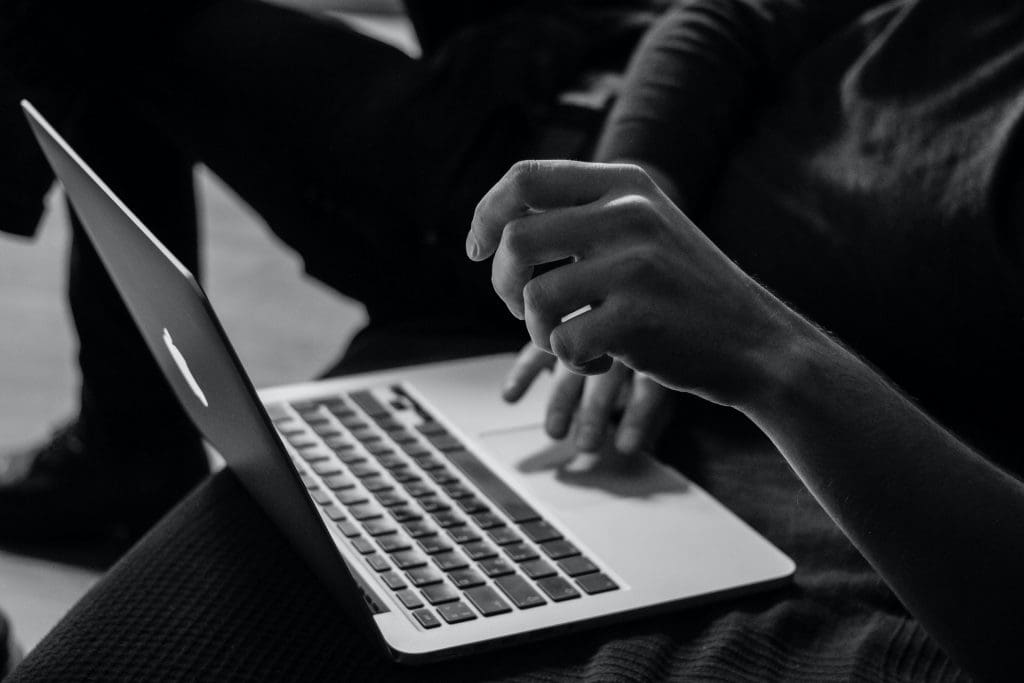
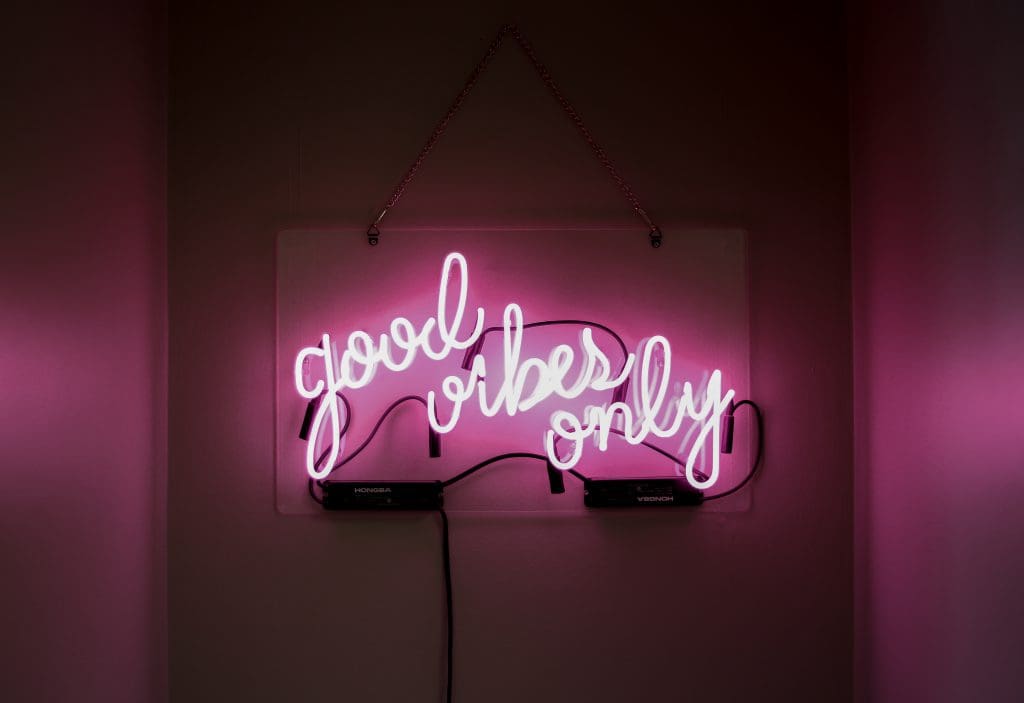
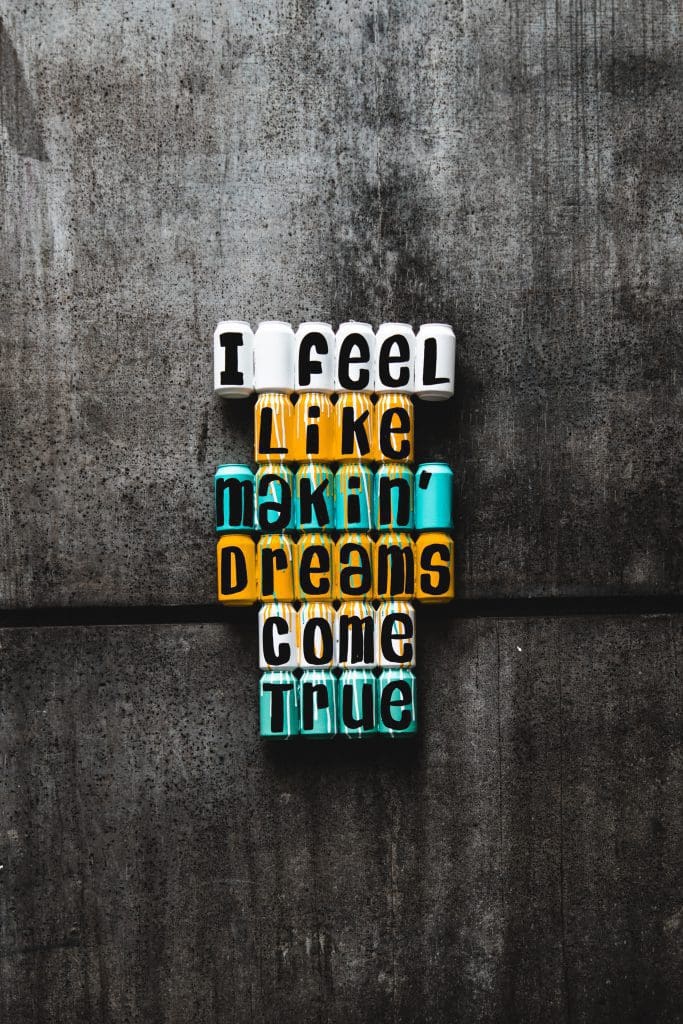
Recent Comments